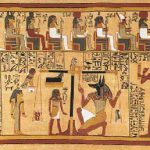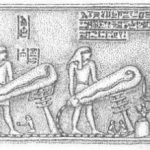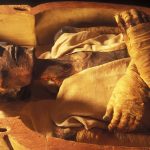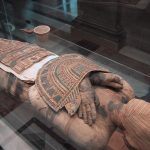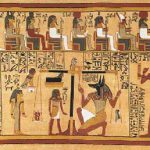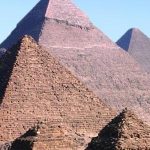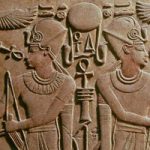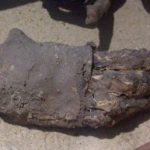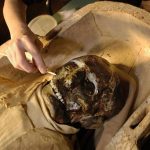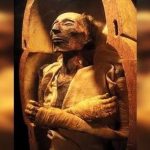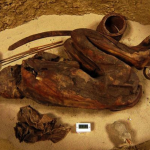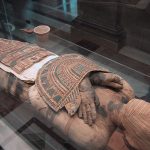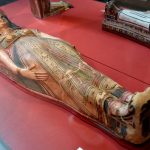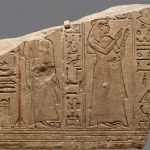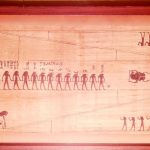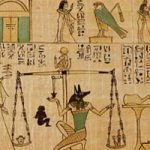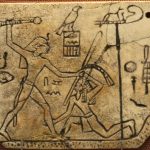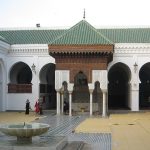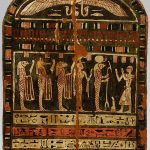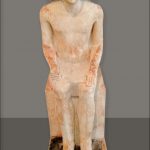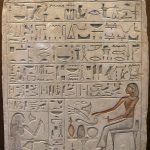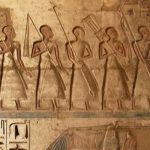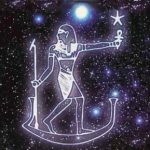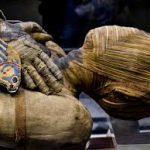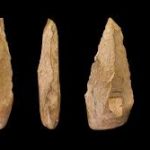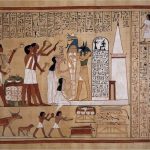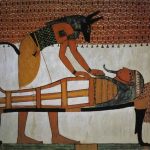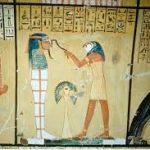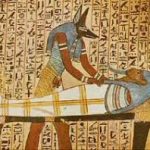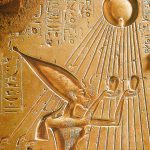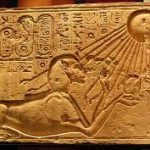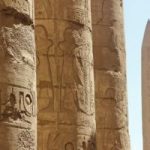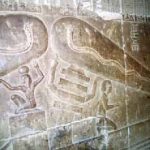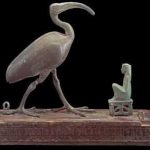- Egyptians aligned their pyramids and temples toward the north because they believed their pharaohs became stars in the northern sky after they died. To assure that a king would join the circumpolar stars, the pyramids were laid out facing due north toward the “indestructible” stars. They thought that aligning the pyramids toward north gave the deceased pharaohs direct access to the northern sky. Each of the two stars was about 10 degrees from the celestial pole which lay directly between them. When one star was exactly above the other in the sky, astronomers could find a line that pointed due north. That alignment was only true for a few years around 2,500 B.C. An Egyptian astronomer might have held up a plumb line and waited for the night sky to slowly pivot around the unmarked pole as the Earth rotated. When the plumb line exactly intersected both stars — one about 10 degrees above the invisible pole and the other 10 degrees below it — the sight line to the horizon would aim directly north. However, Earth’s axis is unstable. Our planet wobbles like a gyroscope over a period of 26,000 years. Modern astronomers now know that the celestial north pole was exactly aligned between Kochab and Mizar only in the year 2467 B.C. Before or after that date, the Egyptian astronomers would have been less accurate as they tried to mark true north. The Great Pyramid at Giza is known today as one of the Seven Wonders of the Ancient World. Nearly 4,500 years ago, in the year 2467 B.C., the “indestructible” stars lay precisely along a straight line that included the celestial pole. Research suggests that the Great Pyramid at Giza was constructed within 10 years of 2,480 B.C.
- The ancient Babylonians viewed the Universe as a flat disk of land surrounded by water. They were the first people to keep detailed records of the paths of planets. Like most ancient people, Babylonians believed that studying planetary movements could help them predict the future. In fact, according to a biblical story, the people of a Babylonian city tried to build a stairway to the stars. That was the Tower of Babel.
- The first to suggest the Heliocentric theory of gravitation was the Greek philosopher Aristarchus of Samos in the 4th century B.C. who put forth the then-radical view that Earth and other planets revolve around the Sun.
- Greeks thought Earth was flat. One described the world as a disk floating inside a hollow ball.
- Greek astronomers later came to think correctly of Earth as shaped like a ball. Others suggested correctly that moonlight was reflected sunlight.
- The idea of Earth as a sphere was abroad as early as the 6th century B.C. with Pythagoras of Samos.



